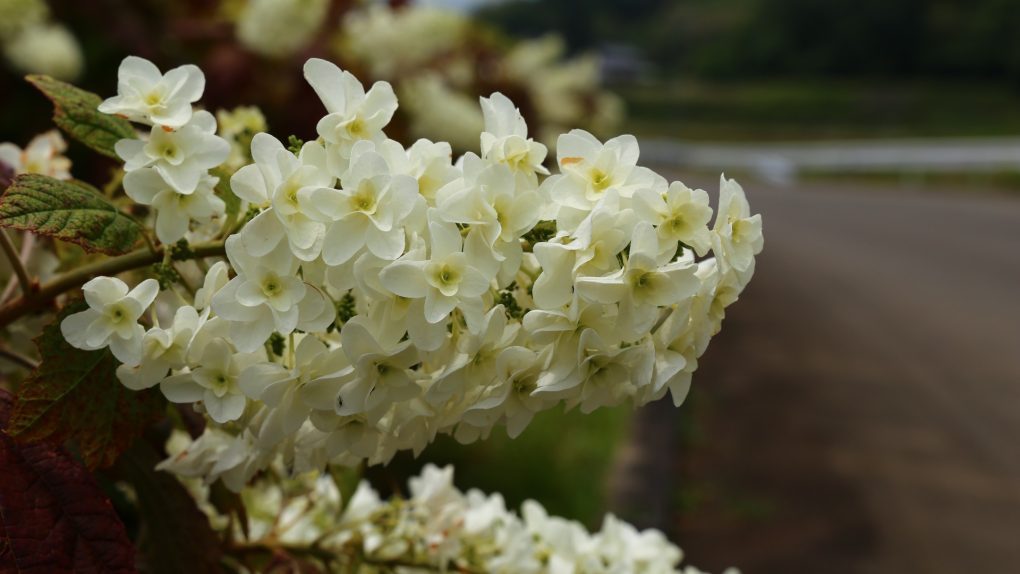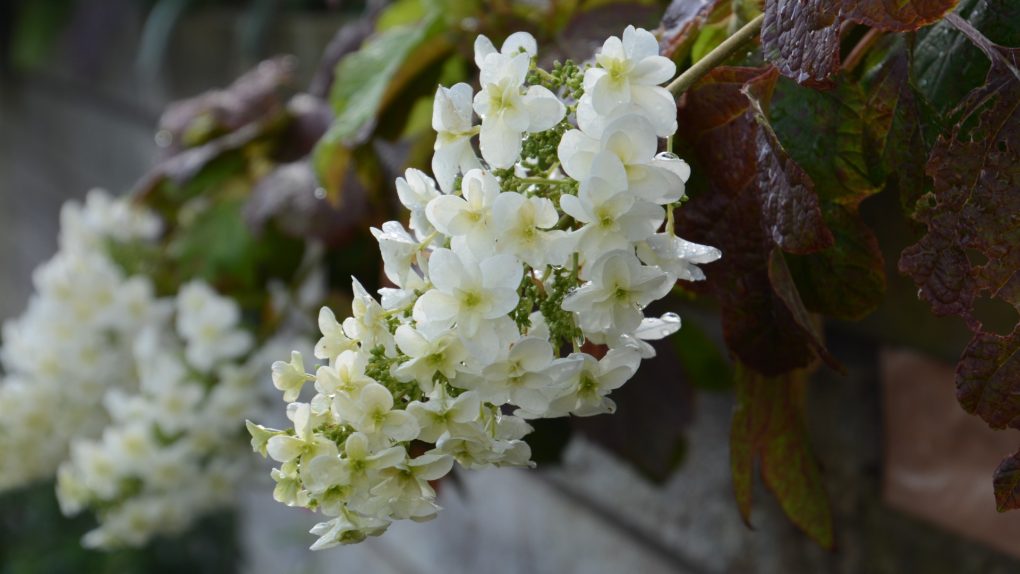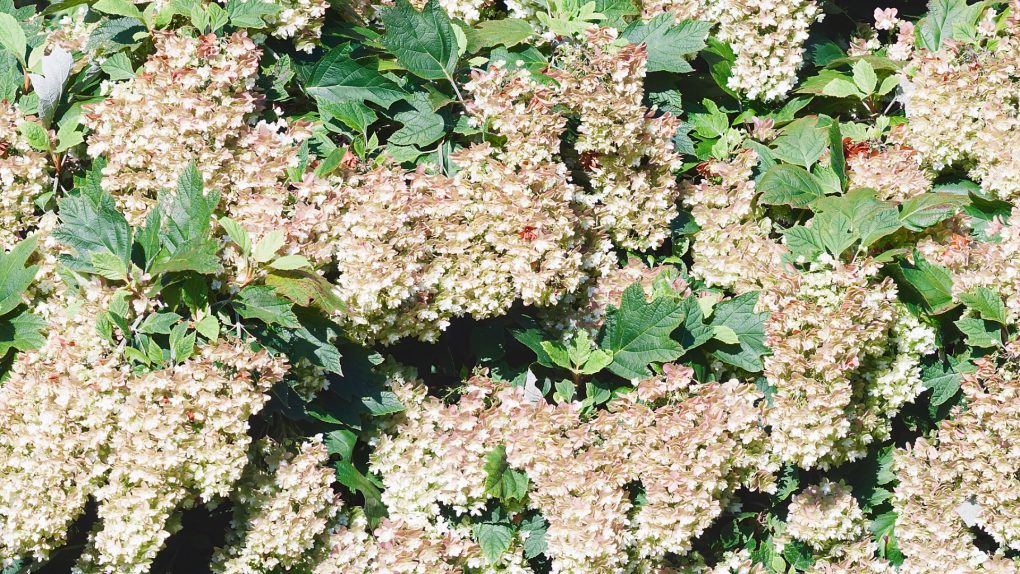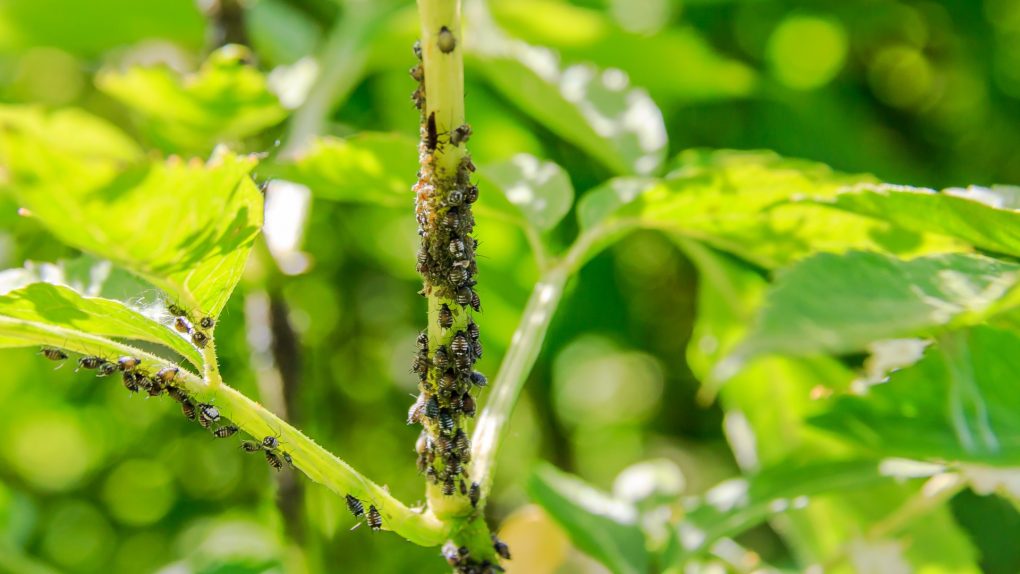Oakleaf Hydrangea: Characteristics, Care, and Growing Tips
Oakleaf hydrangea is a deciduous shrub native to the southeastern United States. It is a popular garden plant because of its attractive foliage, long-lasting flowers, and four-season appeal. The plant gets its name from its leaves, which have lobes like an oak tree.

Oakleaf hydrangea is a versatile garden plant growing in sunny and shady areas. It prefers well-draining, slightly acidic soil with a pH of 5.0 to 6.5. The shrub can grow up to 8 feet tall and 6 feet wide, producing large clusters of flowers on sturdy stems. The flowers emerge white but gradually transition to purplish pink, providing a beautiful display throughout the growing season.
Table of Contents
Description
Oakleaf hydrangea, also known as Hydrangea quercifolia, is a deciduous shrub that is native to the Southeast. The plant belongs to the hydrangea family and is known for its attractive foliage, long-lasting flowers, and four-season appeal.
Appearance
The oakleaf hydrangea is an upright, multi-stemmed shrub that can grow up to 8 feet tall and wide. It has large, lobed leaves resembling an oak tree, hence the name “oakleaf.” The leaves turn a beautiful burgundy color in the fall. The flowers are cone-shaped and can be up to 12 inches long. They start white and gradually turn pink as they age. The bark is gray and peels off in strips.

Habitat
The oakleaf hydrangea is native to the southeastern United States, where it prefers moist woods and stream banks. It grows in the wild from Georgia to Florida to Louisiana. The plant is hardy and tolerant of a wide range of soil types and light conditions.
Cultivation
The oakleaf hydrangea is a popular ornamental plant that is relatively easy to grow. It prefers well-drained, organically rich soil. The plant can be grown in full sun or partial shade, but it will produce more flowers in full sun. It is drought-tolerant once established, but it will benefit from regular watering during dry spells. Pruning should be done late in winter or early spring to remove dead or damaged wood and to shape the plant.
Overall, the oakleaf hydrangea is a beautiful and versatile shrub that can add interest to any garden. With its attractive foliage, long-lasting flowers, and four-season appeal, it is a great choice for gardeners looking for a low-maintenance plant that can thrive in various conditions.
Benefits
Oakleaf hydrangea is a beautiful and versatile shrub that offers several benefits. Here are some of the benefits of growing oakleaf hydrangea:
Ornamental Value
Oakleaf hydrangea is a popular ornamental shrub that adds beauty and interest to any landscape. The shrub’s large, showy flowers bloom in early summer and last several weeks. The flowers come in shades of white, pink, and red and can be quite large, up to 12 inches across. The shrub’s leaves are also attractive, with their distinctive oak leaf shape and deep green color. In the fall, the leaves turn red, orange, and bronze shades, adding even more interest to the landscape.

Wildlife Value
Oakleaf hydrangea provides food and habitat for a variety of wildlife. The shrub’s flowers attract bees, butterflies, and other pollinators, and its berries provide food for birds and small mammals. The shrub’s dense foliage also provides shelter and nesting sites for birds and other wildlife.
Medicinal Value
Oakleaf hydrangea has been used in traditional folk medicine for centuries. The shrub’s roots and leaves contain compounds believed to have diuretic, anti-inflammatory, and anti-bacterial properties. Some people use oakleaf hydrangea to treat urinary tract infections, prostate problems, and other ailments. In spite of this, oakleaf hydrangea is not a substitute for proper medical care, as limited scientific evidence supports these claims.
Challenges
Oakleaf hydrangea is a relatively low-maintenance plant, but it still faces some challenges that gardeners should be aware of. In this section, we will discuss common pests and diseases that affect oakleaf hydrangea and the maintenance requirements to keep the plant healthy and thriving.
Pests and Diseases
While oakleaf hydrangea is generally resistant to pests and diseases, there are a few issues that gardeners should be aware of. Here are some of the most common:
| Pest or Disease | Symptoms | Treatment |
| Powdery mildew | White or gray powdery spots on leaves | Prune affected areas and use fungicide if necessary |
| Aphids | Sticky residue on leaves and stems, yellowing leaves | Use insecticidal soap or neem oil to control infestation |
| Leaf blight | Brown or black spots on leaves | Prune affected areas and use fungicide if necessary |

Maintenance
Proper maintenance is key to keeping your oakleaf hydrangea healthy and beautiful. Here are some tips:
● Water regularly, especially during dry spells
● Fertilize in early spring with a balanced slow-release fertilizer
● Prune in late winter or early spring to remove dead or damaged wood and shape the plant
● Apply a layer of mulch around the base of the plant to retain moisture and suppress weeds
● Monitor for pests and diseases and treat promptly if necessary
